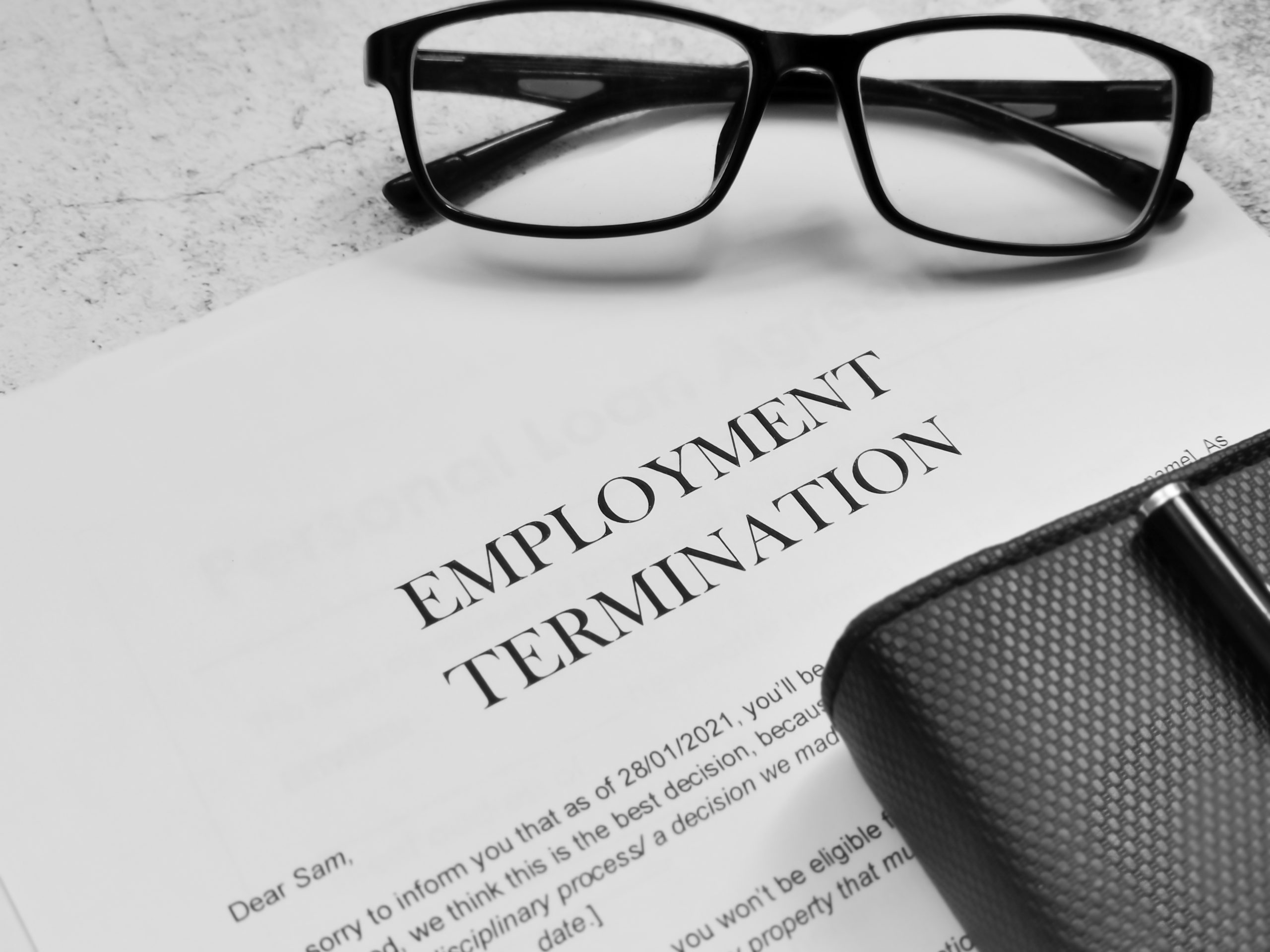Due to the dynamic shifts in the business landscape in recent years, a number of organisations are now undertaking strategic restructuring of their senior teams. In some cases, individuals are taking the opportunity to leave the business on good terms, seizing the opportunity to pursue new projects. In other cases, restructuring is taking place where the role previously held by a senior executive is not likely to be required. This decision may stem from the economic impact on the business, or a strategic shift in how the business aims to operate moving forward.
This article does not consider the employment law aspects of removal, which most HR professionals will be experts in, but looks at the associated legal requirements to consider when the director level employee is a statutory director and/or a shareholder or option holder.
The issues below are just as relevant to consider when you are bringing in a new director level employee, as it is always sensible to consider how their role as employee, director and shareholder tie together, should there be an exit in the future.
Removing a director level employee is a difficult process for any company to go through. For the reasons discussed below, the way in which an individual leaves their employment (for example redundancy as opposed to unfair dismissal) can have a very different impact on how their shareholding, share options and directorship are dealt with. It is therefore important to consider each of the individual’s role in the round, before embarking on any HR steps.
What happens to a senior employee’s directorship if they leave employment?
An individual’s role as an employee and their role as a statutory director are legally separate. This means that removing a director from employment does not automatically remove them from their office as a statutory director.
Sometimes, an individual’s service agreement or the company’s constitution provide that their directorship terminates automatically in the event that the individual ceases to be an employee.
If the individual’s employment contract does not provide for automatic resignation, the company’s constitutional documents need to be considered, as these may provide some flexible routes for removal. In absence of any more straightforward provisions in the constitution, a director can be removed before the expiration of his period of office by an ordinary resolution of the members in accordance with a special process set out in the Companies Act. This procedure is very technical and so legal advice should be obtained on its use.
Taking steps to remove a director from their office is much more complicated where that individual is also a shareholder in the company. If the individual is a shareholder and a director, removal could lead to the individual bringing a claim for what is known as “unfair prejudice”, if that individual can show that they had an ongoing expectation of management arising as a result of their position as a shareholder.
What happens to a senior employee’s shares if they are no longer an employee?
Dismissing an individual from their role as director and employee won’t usually affect their position as a shareholder, unless the company’s constitutional documents contain “leaver provisions” which mean that the departure of the director or employee is a “trigger event” for the sale of their shares.
It is important, therefore, to check the company’s constitution to see whether this is the case. These “leaver provisions” will usually be automatically triggered, and set in motion a process for the employee’s shareholding to be bought out, and set the price payable. It is important to understand how this process works at the outset, particularly if the parties who are able to purchase the shareholding may need to secure funding to do so.
The price paid for shares usually depends on whether the employee leaves as a “good leaver” or a “bad leaver”. This can make the handling of the employment termination very important, because the way in which the individual is dismissed can affect the amount paid for their shares (for example unfair dismissal versus redundancy).
In absence of such transfer provisions, you will have to negotiate the sale of the shares with the director. Even if there is no requirement to transfer shares when leaving employment, sometimes the exit from employment can allow favourable terms to be negotiated in regard to the shares, depending on the reasons for exit.
Are share options dealt with the same way as shares held?
Dealing with share options is slightly different to dealing with shares. It is important to remember that an “option” over a share is a right to acquire that share when certain criteria are met.
In the event that the option has been exercised and the individual holds shares, the above factors are relevant.
However, where the question is about the share option itself, the position will usually vary depending on whether the option has “vested” (i.e. the criteria have been met for the share award, but the employee has not exercised the option). Usually an option which has vested can be exercised post termination, but this sometimes depends on the reason that the employee left (the same “good leaver” and “bad leaver” considerations noted above).
The detailed rules on what happens to options will be set out in the company’s share option plan documentation, and this should be carefully considered in advance of deciding how to handle the employee.



